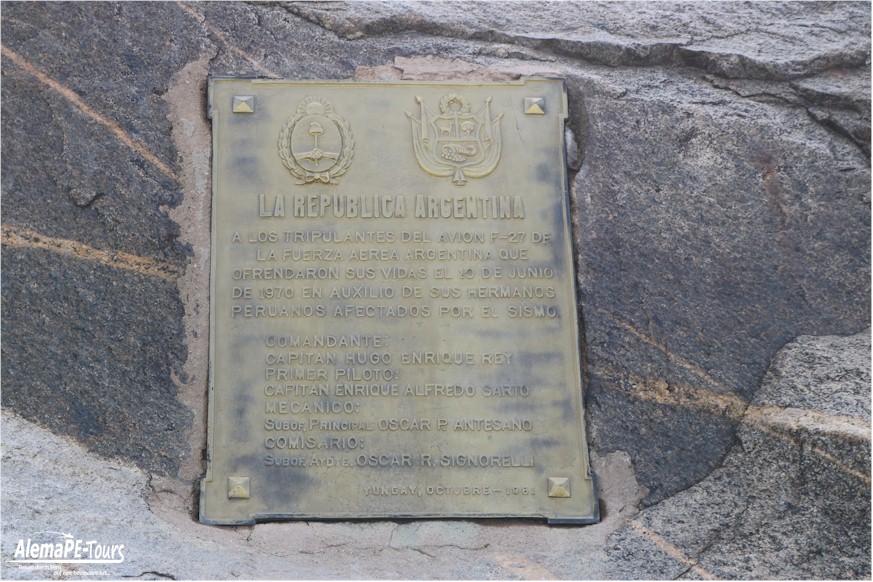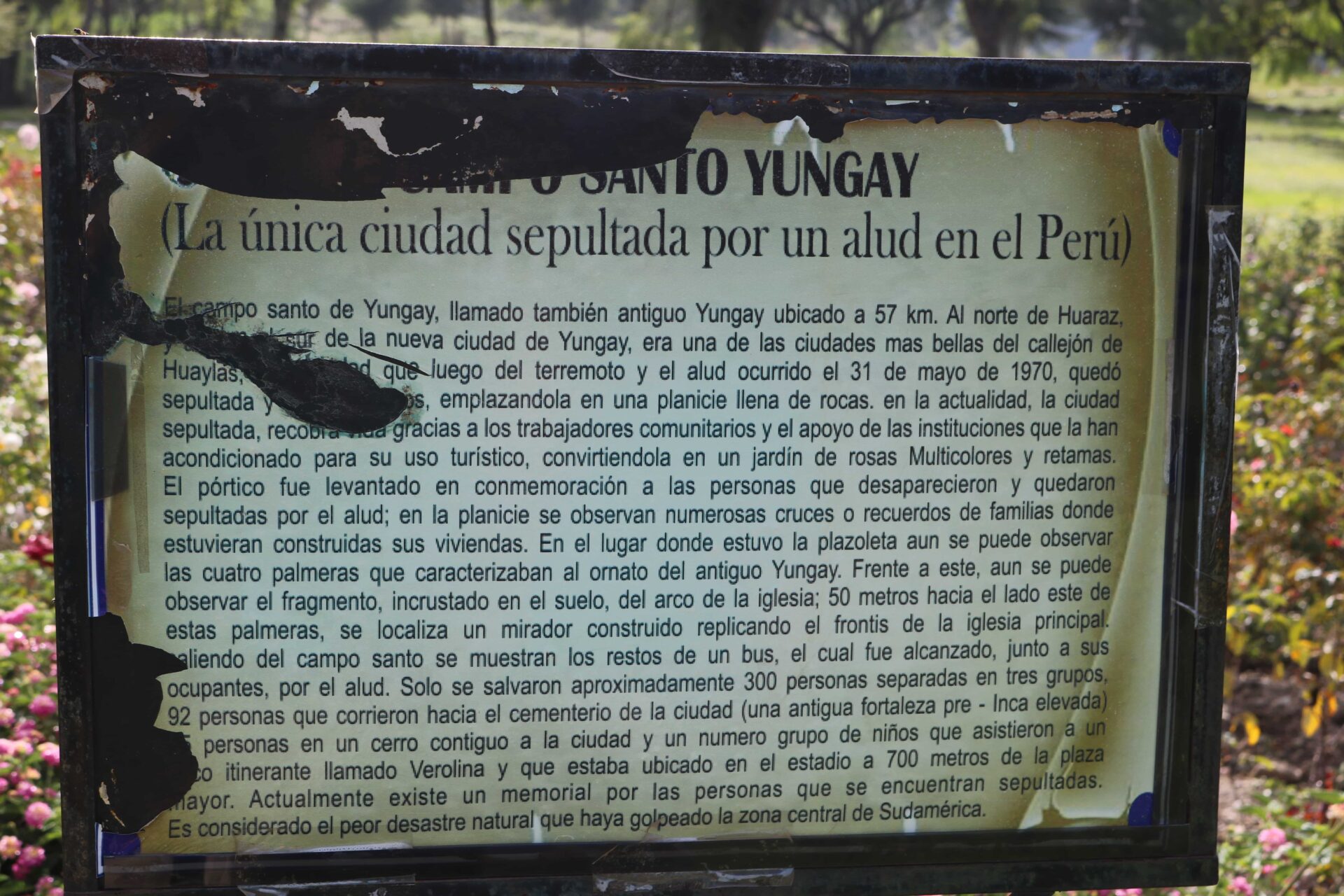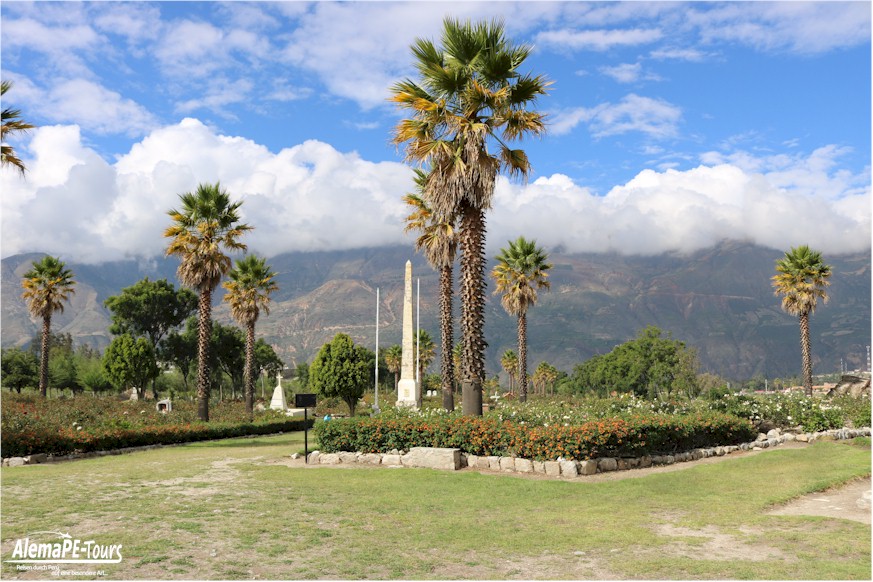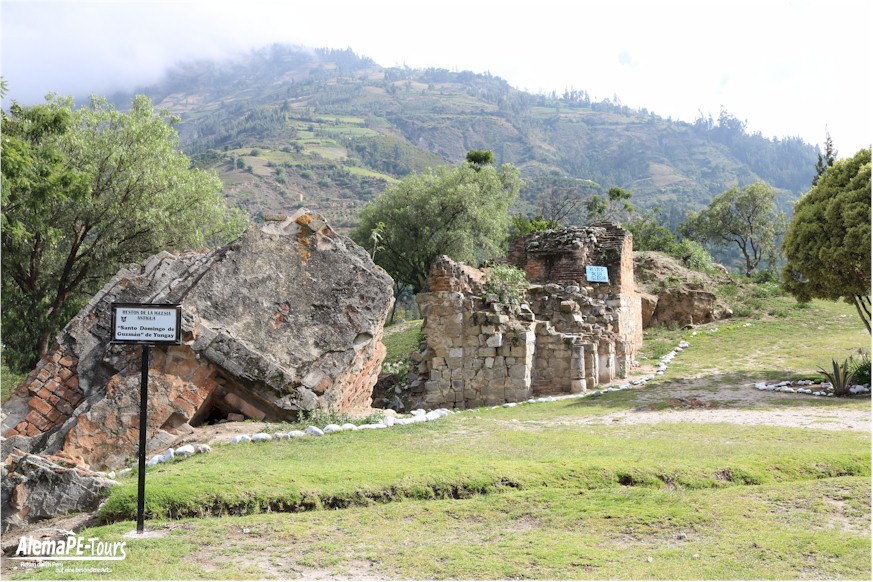YUNGAY
Overview
Yungay is located in the Callejón de Huaylas on Río Santa at an elevation of approximately 2,500 meters. To com here you need to drive about 450 km north of Lima. East of the small town are the mountain ridges of snow-covered Cordillera Blanca, with one of Peru’s highest mountains named Huascarán.
Yungay is the capital of Yungay Province, as well as the main town in the Yungay District. While the town counts about 10,000 inhabitants, Yungay Province has a population of 60,000 people. The Province of Yungay occupies part of the Callejón de Huaylas, the Conchucos Valley (Yanama), the coast of Ancash (Quillo) and the Huascarán National Park.
History
The “Restoration” army, a Chilean-Peruvian army during the War of the Confederation, defeated the army of the Peru-Bolivian Confederation during the Battle of Yungay on January 20, 1839, marking the dissolution of the short-lived confederacy.
A remarkable event of the history of Peru happened in Yungay, where in the Guitarrero Cave US archeologist Thomas F. Lynch (Cornell University, 1969) discovered cultural vestiges from c. 10,000 BC, making this place “one of the great testimonies of the origin of agriculture in América”.
The Ancash earthquake
On May 31rd, 1970, the Ancash earthquake caused a substantial part of the north side of a mountain, Nevado Huascarán, to collapse and an unstable mass of glacial ice about 800 meters across at the top of Nevado Huascarán to fall. This caused a debris avalanche, burying the town of Yungay and killing 20,000 people. More than 50 million cubic meters of debris slid approximately 15 kilometers downhill at an angle of about 14 degrees. Speeds between 340 mph to 620 mph were achieved. Most of the survivors were in the cemetery and stadium at the time of the earthquake, as these zones were the highest in town.
The Peruvian government has forbidden excavation in the area where the old town of Yungay is buried, declaring it as national cemetery. The current new town was rebuilt one mile north of the destroyed old city.
The old cemetery
In 1962 two American scientists, David Bernays and Charles Sawyer, had reported seeing a massive vertical slab of rock being undermined by a glacier, which threatened to fall and cause the obliteration of Yungay. According to Sawyer, when this was reported in the Espreso newspaper (27th September 1962), the government ordered them to retract or face prison, and they fled the country. Citizens were forcibly prevented from speaking of an impending disaster. Eight years later the prediction came true.
Price
Please contact us to get the price of this tour.
Tour-ID
HUA006
Departures
Daily departures at a time we go to arrange with you.
Duration
Depends on your schedule.




















